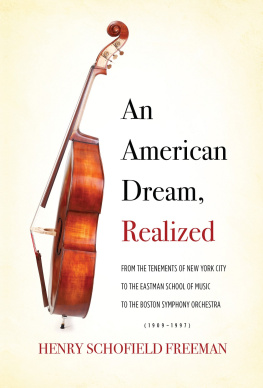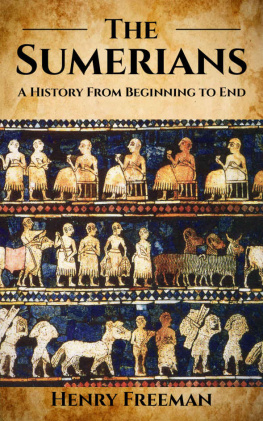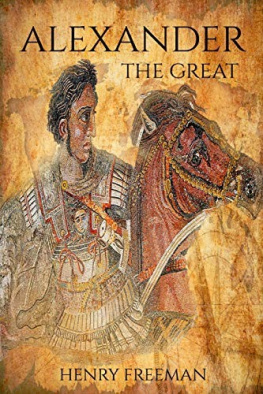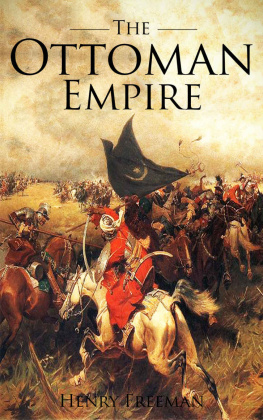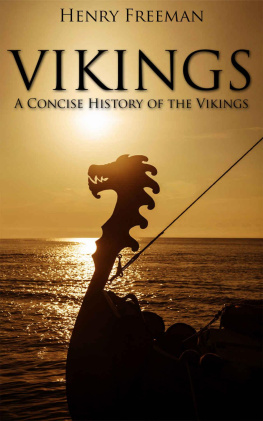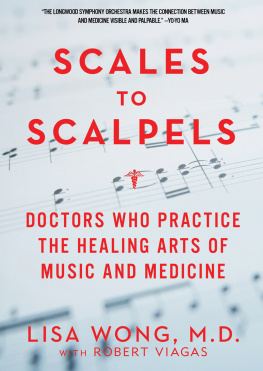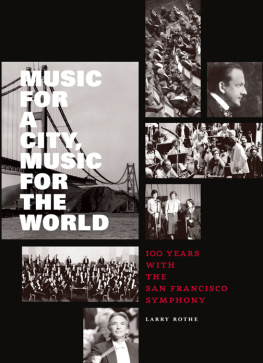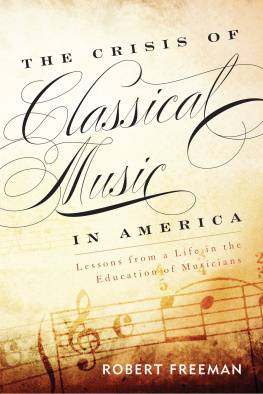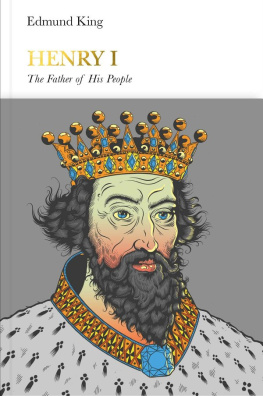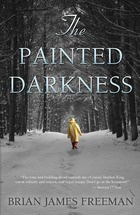Henry Freeman - An American Dream, Realized: From the Tenements of New York City to the Eastman School of Music to the Boston Symphony Orchestra (1909-1997)
Here you can read online Henry Freeman - An American Dream, Realized: From the Tenements of New York City to the Eastman School of Music to the Boston Symphony Orchestra (1909-1997) full text of the book (entire story) in english for free. Download pdf and epub, get meaning, cover and reviews about this ebook. year: 2021, publisher: Robert James Freeman, genre: Non-fiction. Description of the work, (preface) as well as reviews are available. Best literature library LitArk.com created for fans of good reading and offers a wide selection of genres:
Romance novel
Science fiction
Adventure
Detective
Science
History
Home and family
Prose
Art
Politics
Computer
Non-fiction
Religion
Business
Children
Humor
Choose a favorite category and find really read worthwhile books. Enjoy immersion in the world of imagination, feel the emotions of the characters or learn something new for yourself, make an fascinating discovery.
- Book:An American Dream, Realized: From the Tenements of New York City to the Eastman School of Music to the Boston Symphony Orchestra (1909-1997)
- Author:
- Publisher:Robert James Freeman
- Genre:
- Year:2021
- Rating:5 / 5
- Favourites:Add to favourites
- Your mark:
An American Dream, Realized: From the Tenements of New York City to the Eastman School of Music to the Boston Symphony Orchestra (1909-1997): summary, description and annotation
We offer to read an annotation, description, summary or preface (depends on what the author of the book "An American Dream, Realized: From the Tenements of New York City to the Eastman School of Music to the Boston Symphony Orchestra (1909-1997)" wrote himself). If you haven't found the necessary information about the book — write in the comments, we will try to find it.
An eloquently vibrant account of life in the first half of the twentieth century, and a true love story.
Henry Freeman grew up in the seedy tenements of New York City in the 1910s and 20s. His father, a trumpeter who had played for John Philip Sousa, made his living playing for the silent pictures and vaudeville theatres and was for a time blackballed by the New York musicians union for helping to organize a strike. Harry Freeman, the father, however, soon won a position as the first professor of trumpet at the new Eastman School of Music in
Rochester, but continued to prevent Henry and his two brothers from taking any music lessons. Said Harry, it was too hard and poorly compensated a profession; he urged Henry to take up banking.
In his last year in high school, however, Henry was not to be deterred, and when the orchestra director offered him the opportunity to take up the double
bass, Henry accepted the challenge and soon won a scholarship as Eastmans first double bass student. There he met and wooed a beautiful young violinist, Florence Knope. After their marriage, Florence pushed Henry to become more than a local dance band player, and after a successful audition for Serge Koussevistky, he won a position in the bass section of the Boston Symphony. He eventually rose through the section to be principal bass of that famous orchestra as well as principal bass of Arthur Fiedliers Boston Pops.
This is a story of a young mans perseverance against all odds, but it is also a love story. Henrys enduring devotion to his wife Florence and their two sons Bob and Jim is a remarkable account of one mans life in music.
Henry Freeman: author's other books
Who wrote An American Dream, Realized: From the Tenements of New York City to the Eastman School of Music to the Boston Symphony Orchestra (1909-1997)? Find out the surname, the name of the author of the book and a list of all author's works by series.

